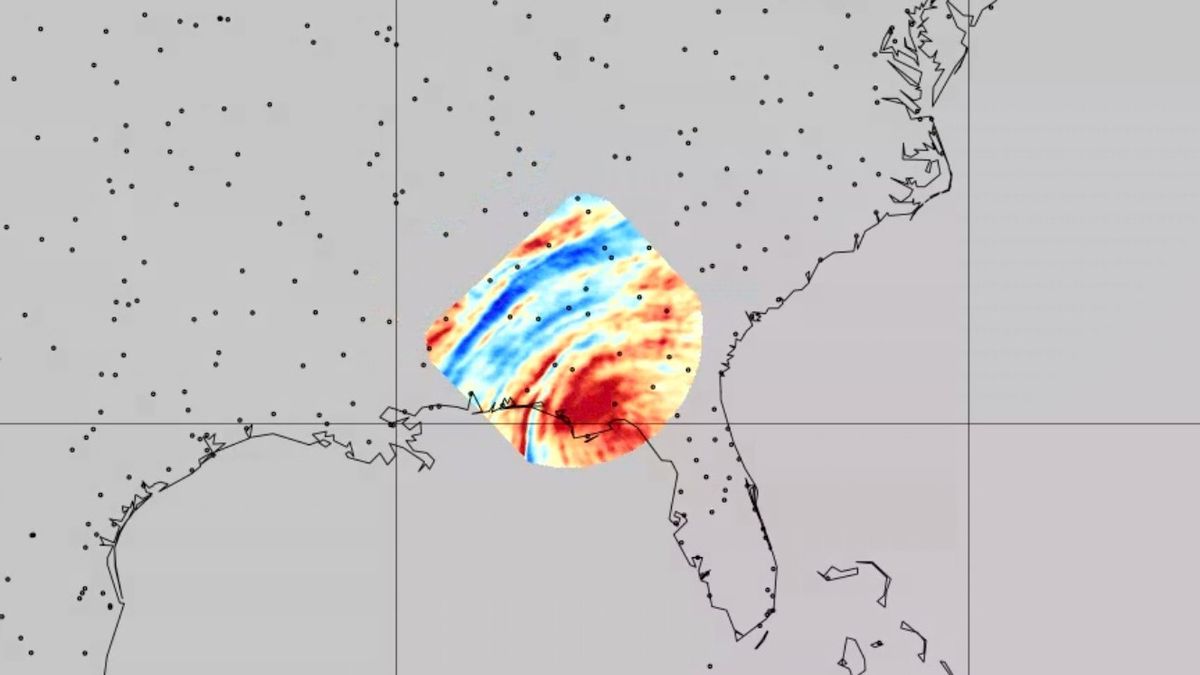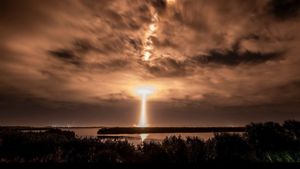NASA managed to record a large wave generated by Hurricane Helene some time ago. The movement of this natural disaster was read by an instrument called the Atmospheric Wave Experiment (AWE).
On September 26, Hurricane Helene, which falls into category 4, hit the Gulf Coast region of Florida and caused an extensive storm wave. This wave is moving very fast and clearly visible through the atmosphere.
From a distance of 55 miles from Earth's surface, AWE sees a large ripple through the atmosphere at the top. This gravitational wave is recorded as a concentric band that extends from North Florida. The band is seen in red, yellow, and blue.
When viewed from above, this circular-shaped gravitational wave moves from the northwestern coast of Florida. Although the image shared doesn't look so fast, in fact this storm moves at a speed of 225 kilometers per hour.
SEE ALSO:
Like a circle of water spreading from the water in the pool, circular waves from the Hellene can be seen billowing west of the northwestern coast of Florida, said AWE Main Researcher Ludger Scherliess.
Information from AWE can help NASA and scientists better understand how gravitational waves impact weather and the environment in space. These findings can also be used to study the various space disturbances produced by gravitational waves.
The new AWE instrument was launched in November last year and the gravitational wave from Hurricane Helene was the first image published by NASA. The image confirms that AWE has a fairly good level of sensitivity.
The English, Chinese, Japanese, Arabic, and French versions are automatically generated by the AI. So there may still be inaccuracies in translating, please always see Indonesian as our main language. (system supported by DigitalSiber.id)


















